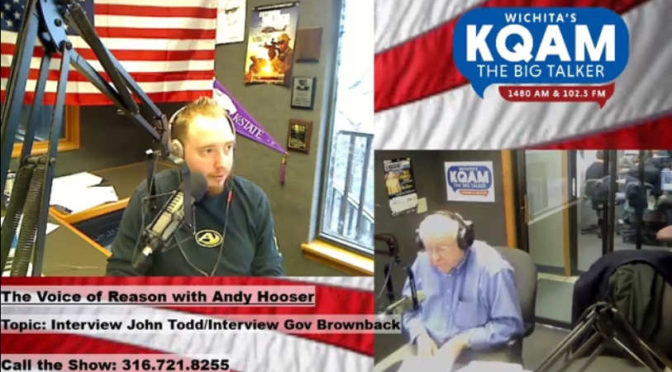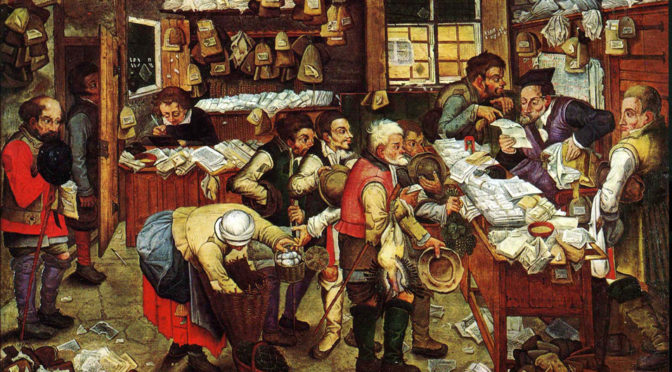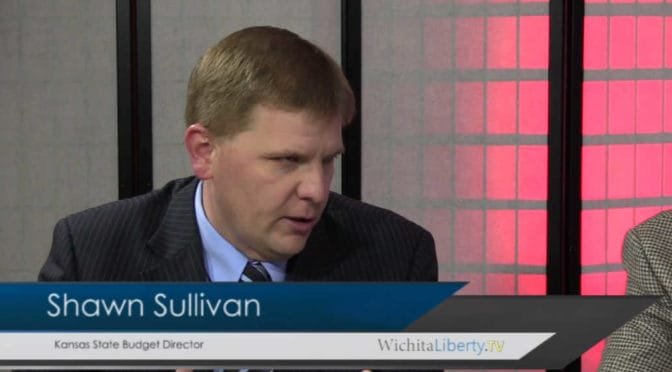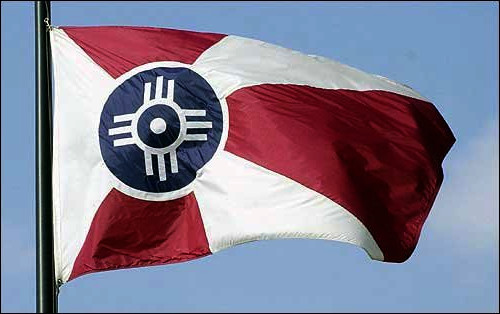What can the rest of the nation learn from our experience in Kansas? Come to think of it, why haven’t we learned much?
Economists from American Legislative Exchange Council have looked at Kansas and derived some lessons from our state’s struggle with tax reform. The document is titled Lessons from Kansas: A Behind the Scenes Look at America’s Most Discussed Tax Reform Effort. A few remarks and quotations:
It may be difficult for us in Kansas to see how the rest of the country views our state. But it’s all about the struggle between those who want more government, and those who want more private sector activity: “… it is clear to most observers of state policy at this point Kansas was, and continues to be, a flashpoint in debates about state tax policy. That flashpoint has served as something of a proxy war between big government advocates and those who would prefer to shrink the size and scope of state government.”
While taxes were cut, the state failed to make the other needed reform: “Spending reductions necessary to implement the plan were eschewed in favor of other tax increases, making any honest judgement of the original plan’s success or failure impossible.”
On the 2012 plan, was it all for business pass-throughs, or for everyone? “Enacted an estimated $4.5 billion in tax relief over five years, about 80 percent of which was for individuals and 20 percent for business pass-through income.”
We have to remember the failure of the legislative process in 2012 and the next year: “It is important to note at this point that the revenue increasing offsets included in the 2013 tax plan were nowhere near as comprehensive as the revenue raising offsets in Governor Brownback’s original 2012 tax reform proposal. It was this discrepancy in revenue raising offsets and the failure to rein in state spending that would ultimately lead to revenue problems for Kansas down the road.”
Credit downgrades are a sign of a mismatch between revenues and expenses. Those who want more spending say the downgrades are caused by a lack of revenue, but we could have cured the mismatch by reforming spending, too: “Contrary to this popularly reported narrative, Moody’s cited much more than just recent tax cuts as the rationale for a downgrade, specifically failure to reduce spending to offset tax cuts, pension liabilities and state debt.
The purpose of tax cuts? Let us keep more resources in the productive private sector: “It is certainly true that in the years following the tax reductions, Kansas did experience lower revenue collections, even lower than what had been projected. But, part of the goal of the Kansas tax reform was to reduce the amount of money taken in by state government and enhance the resources available to the private sector. Importantly, however, was the resistance to any meaningful spending reductions. Even as the 2012 tax reductions were projected to let Kansans keep $4.5 billion more of their own money, the state increased spending in 2012 by $432 million.”
Would more taxes help the Kansas economy? “In a late 2012 literature review on this topic, William McBride, former Chief Economist for the Tax Foundation, found that of 26 peer-reviewed academic studies since 1983, only three fail to find a negative effect on economic growth from taxes.”
The 2015 legislative session: “A block of legislators held out for reductions in the cost of government rather than tax increases but they were unable to get a majority. … The final plan that passed both houses and was signed by Governor Brownback included two main tax increases. The state raised the cigarette tax by 50 cents per pack and increased the sales tax rate from 6.15 percent to 6.5 percent. The two tax increase proposals added up to $384 million in new state revenue and were bolstered by $50 million in spending cuts, although there was still a net increase in spending.”
Our legislature failed the people of Kansas: “The first lesson to glean from the Kansas experience is that politics affects policy. The final reforms that passed in 2012 were not the reforms that anybody wanted. Specific tax reform ideas are easily diluted and changed, and without the political will to fix imperfect reforms, unintended consequences can be difficult to avoid.”
Then, politicians should be so boastful. Don’t overpromise. (Ask Barack Obama about that. He said if we don’t pass the ARRA stimulus bill, the unemployment rate would rise above a certain level. Well, the stimulus passed, the unemployment rate went above that level, and it was several years before it fell below. In other words, unemployment was worse with the stimulus than Obama said it would be without the stimulus.) “The second important lesson that can be learned from the Kansas experience is economic growth resulting from bold tax reductions takes time. Governor Brownback’s previous comments about the Kansas tax reforms being ‘a shot of adrenaline’ to the state’s economy continued to hound him throughout the ups and downs of revenue and economic reports. Setting expectations too high or too early can make pushing forward with future reforms nearly impossible, while setting unrealistic expectations can lead to the unwinding of sound economic reforms.”
Finally: “Even though the tax reductions improved economic growth, the lack of commensurate spending reductions led to trouble for the state’s budget. Budget shortfalls and tough negotiations about possible tax increases mean uncertainty for businesses and families, which can hamper some of the positive economic effects of decreasing taxes.”







 This means that commercial property faces 2.180 times the property tax rate as residential property. The U.S. average is 1.683. Whether higher assessment ratios on commercial property as compared to residential property is desirable public policy is a subject for debate. But because Wichita’s ratio is high, it leads to high property taxes on commercial property.
This means that commercial property faces 2.180 times the property tax rate as residential property. The U.S. average is 1.683. Whether higher assessment ratios on commercial property as compared to residential property is desirable public policy is a subject for debate. But because Wichita’s ratio is high, it leads to high property taxes on commercial property. Looking at commercial property, Wichita taxes are high. For example, for a $100,000 valued property, the study found that the national average for property tax is $2,351 or 1.96 percent of the property value. For Wichita the corresponding values are $3,398 or 2.83 percent, ranking sixth from the top. Wichita property taxes for this scenario are 45 percent higher than the national average.
Looking at commercial property, Wichita taxes are high. For example, for a $100,000 valued property, the study found that the national average for property tax is $2,351 or 1.96 percent of the property value. For Wichita the corresponding values are $3,398 or 2.83 percent, ranking sixth from the top. Wichita property taxes for this scenario are 45 percent higher than the national average.










